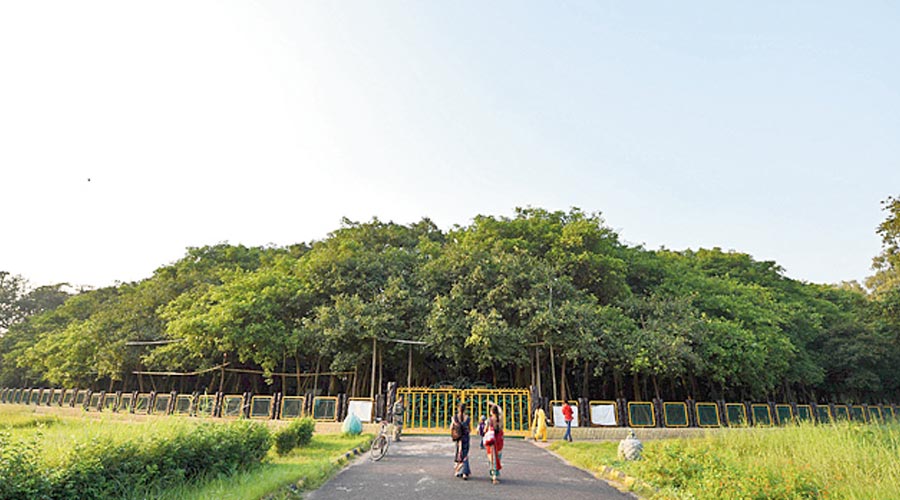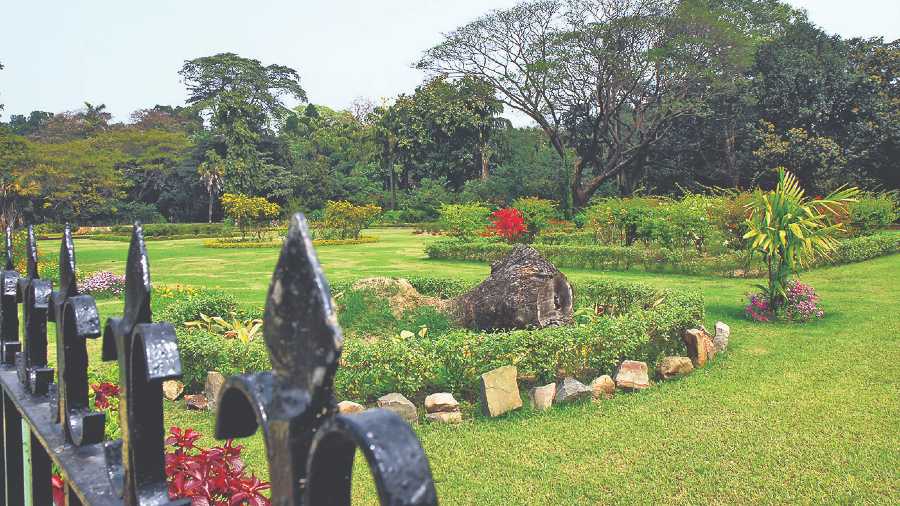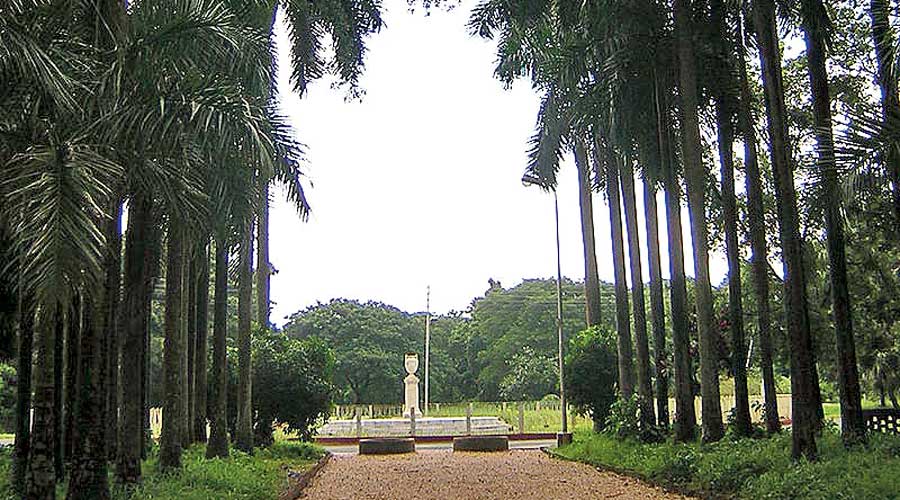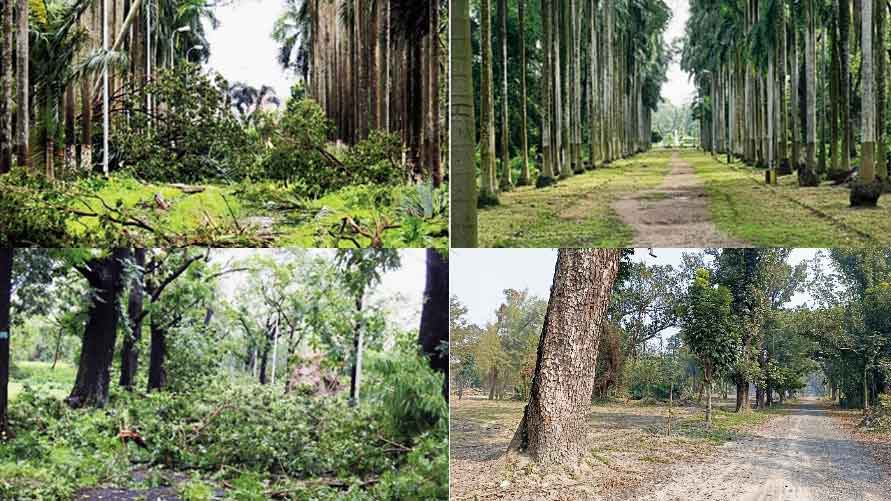The Indian Botanic Garden reopened to visitors on February 20 after a prolonged shutdown because of the pandemic. Morning walkers as well as other visitors can now enter the 273-acre garden.
Ravaged by cyclones in 2020 and 2021, the garden has now been cleaned, the authorities said. A group of botanical and biodiversity specialists visited the garden amid allegations of mass cutting of trees and use of earthmovers to clear the compound.
They were part of a team that undertook a community participation project for the regeneration of the garden, undertaken by the Botanical Survey of India, Asia Scotland Trust and Edinburgh University.
According to the team, two important ecosystems exist in the garden that have the highest biodiversity.
When asked about the clean-up, Neeta Das, who headed the community participation project, said: “The whole exercise is commendable and improvements in infrastructure, signage and general maintenance will go a long way in revitalising the garden. The results of these actions, especially on biodiversity issues, will be visible after a few months and are worth a re-study.”
The King Lake and the Shadir Lake were found to support a rich diversity of both floral and fauna species. The lakes and their littoral zones (shore areas) were found to be the most biologically diverse regions in the garden. Such micro bio-diversity hotspots should be preserved and propagated as they contribute, albeit in a small scale, to the mitigation of climate change locally, experts said.
The King’s Lake near the Great Banyan Tree, the largest in the garden, has been cleaned recently. The lake is named after Lieutenant Colonel Sir George King, a brigade surgeon in East India Company appointed as superintendent of Calcutta Botanic Garden from 1871 to 1897. He was instrumental in building the 24 interconnected lakes in the garden that allows flow of fresh Hooghly water into the garden.
BSI director A. Mao said: “We needed to clear up the garden. We cannot allow it to become a wildlife park.”



